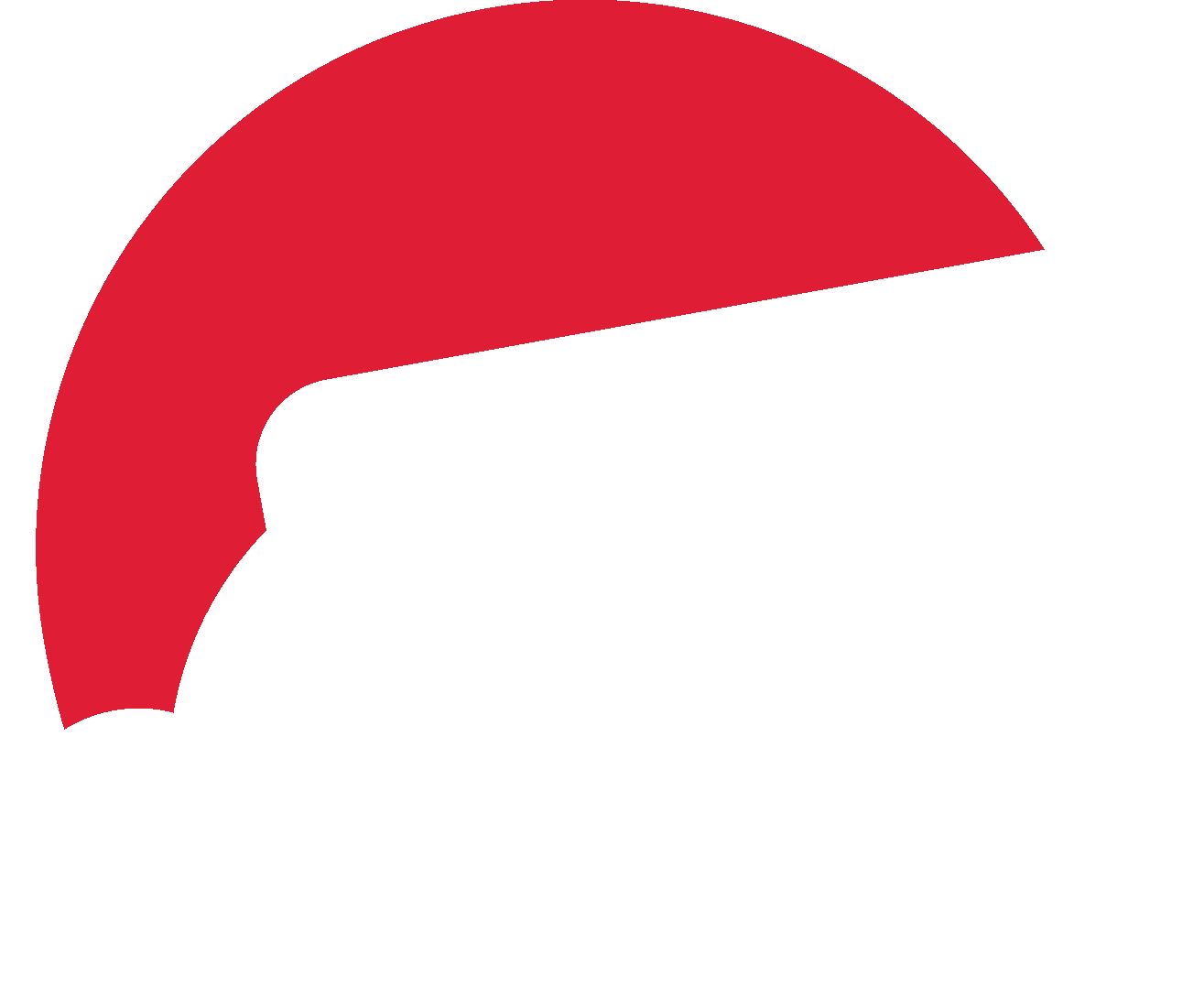The secret to SEO is that there is no secret.
Doing it well means doing many things well—consistently.
“I used to outrank all of my competitors,” a prospective client told us. “And now I’m barely on page one. I don’t know what happened.” He wanted a new website, and he wanted it to appear at the top of Google search results page.
Today’s SEO is like trying to be the single most important snowflake in a blizzard. It ain’t easy to stand out.
Search engine optimization is a term that’s growing ever-broader and more complex.
The art and science of page rank—which is what most of us think of when we think of SEO—is now driven by careful attention to best practices. Here are a few things you can do to stay in Google’s good graces.
- Make sure your pages load quickly. You can get page speed scores for both mobile and desktop using Google’s PageSpeed Insights tool to determine page speed scores for both mobile and desktop.
- Make sure your pages are optimized for mobile. Searches from mobile devices now account for more than 50% of searches, globally. (In the U.S. it’s about 40%. U.S. mobile retail from ecommerce is currently at 44.7% of all ecommerce, and projected to reach 53.9% by 2021.)
- Be realistic. Google doesn’t hand out trophies just for participating. Your site has to prove itself worthy of attention day in and day out, over an extended period of time, to start climbing up. One study found that almost 95% of newly published pages don’t get to the top ten results in one year. In fact, the average age of the number one position page is nearly three years old.
- Strong content is the driver of page rank. Spread interesting, useful content over your pages and watch them rise. (Slowly.) Don’t be afraid to load up on long content as long as it’s relevant and valuable to your target visitors. Lace your site with inbound links and social shares to impress the search algorithms. It’s been shown that long content attracts more links and shares, which helps drive rank.
- Keywords are still important. But you have to deploy a long tail strategy that uses key phrases and search intent. Is the search intention navigational (want to find a brand name site), informational (where is Charlie’s BBQ joint located), investigational (researching a resource or product) or transactional (purchase)? Data on search intent helps you select the most effective keyword phrases for your site.
- Make sure your site is properly set up for the bots to find and crawl. Bots like site maps, for example. They like keyword phrases in page titles. They’re persnickety about correct formatting in header tags, and alt tags. Making the best of all these behind-the-screen details might not be your thing—in which case, consider engaging expert help. (Hello.)
- Improving UX (User Experience) is never completed. Your competitors are making their sites more engaging and easier to navigate; you can’t just watch that parade, you’ve got to be in it. Improvements can be as big as a global redesign and as small as changing a 2-click function to one-click.
Build your SEO efforts on a foundation of relevant content, and Google will reward you.
All the tactics above are based on the premise that you are actively generating interesting, relevant content. (Yet another reason website management costs have increased.) Research what your target finds most useful and stimulating. What solutions or help are they seeking? Here is some great advice from Search Engine Journal (because we never mind borrowing smart advice):
- “When trying to figure out why your site is no longer ranking well, don’t approach it from the point of finding what to fix. Instead, it may be more helpful to ask yourself why your site might not be viewed by Google as relevant anymore.”
- “Sometimes it’s more productive to wonder less about what’s wrong with your site. It could be more productive to consider what’s more relevant about the sites that are ranking better.”
There you have it—our third trend affecting how sites become and remain successful. Common to all of them is the notion that launching a site and sitting back will accomplish little. Continual attention and investment are critical, which is why they should be included in annual budgeting and planning.
That’s the short list. Contact us for the long list, or let’s talk.






